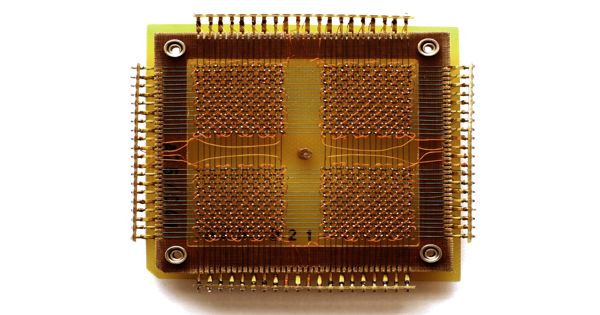Cement concrete curing is the process of keeping the moisture and temperature levels necessary for the hydration reaction to occur normally and produce the qualities of hardened concrete over time. Moisture, heat, and time are the primary factors that must be considered throughout the curing process.
Why the curing of cement concrete is required?
Curing of cement concrete is required for the following reasons:
- To prevent the concrete from drying out prematurely due to solar radiation and wind. This prevents plastic shrinkage of concrete.
- It helps to maintain the concrete temperature by allowing the hydration process. The hydration process requires water to carry on and releases heat.
- Curing aids in the hardening and bonding of the concrete to the reinforcing and internal materials. This aids in preventing vibration and impact damage to the link between concrete and reinforcement.
- This helps the development of impermeable, crack-free, and durable concrete.
What is the right time for the curing of concrete?
The rate at which the moisture in the concrete is evaporating determines when to begin the curing process. The rate of evaporation is affected by the wind, solar radiation, concrete temperature, weather, and relative humidity.
The differential between the vapor pressure on the concrete surface and the surrounding air is what causes moisture to evaporate. When the difference is high, the evaporation rate is high.
The right time of curing of concrete depends on:
Initial Curing
When concrete is poured and compacted, water bleeds through the surface and rises because of the concrete’s settlement. The rate and duration of bleeding depend on many factors, including concrete mix properties, depth or thickness of concrete, method of compaction of concrete, etc.
These bleed water starts to evaporate from the surface. Concrete must first undergo its initial curing after all bleeding water has subsided from the surface in order to reduce moisture loss and avoid plastic shrinkage cracks before and during finishing operations.
Concrete can be first cured using methods like fogging, employing evaporation reducers, or by supplying sunshades and windscreens.
Intermediate Curing
When concrete surface finishing procedures are completed before the final set of concrete, intermediate curing is completed. This occurs when the concrete members’ requisite surface texture is quickly attained or when the concrete setting process is postponed.
Final Curing
The final curing of concrete should be carried out once the last set of concrete has been completed. Due to the fast loss of moisture from the concrete surface, this helps to prevent surface drying of concrete.
What is the duration of cement concrete curing?
The strength and longevity of concrete structural members are increased by giving the concrete more time to cure.
The curing duration of concrete depends on
- The reason for curing, i.e. to prevent plastic shrinkage, temperature control, strength, and durability of concrete.
- The size of a concrete structural member
- The type of concrete grade and rate of hardening of concrete
- The temperature and moisture conditions of surroundings
- The exposure conditions of the concrete surface during and after curing
- The requirement of curing duration as per the specification of concrete
The American Concrete Institute (ACI) Committee 301 recommends a minimum curing period corresponding to concrete attaining 70 percent of the specified compressive strength. The often specified seven-day curing corresponds to approximately 70 percent of the specified compressive strengths.
The Indian Standard IS 456 – 2000 recommends that curing duration of concrete must be at least seven days in case of ordinary Portland Cement, at least ten days for concrete with mineral admixtures or blended cements are used. Additionally, it recommends that the drying time for concrete exposed to hot, dry circumstances should not be less than ten days and should be at least 14 days for concrete containing blended cement or mineral admixtures.
References:
- ACI 308, American Concrete Institute – Guide to Curing Concrete
- BS 8110 – British Standard for the Design and Construction of Reinforced and Prestressed Concrete Structures
- IS 456 – 2000: Indian Standard Code of Practice for Plain and Reinforced Concrete
















